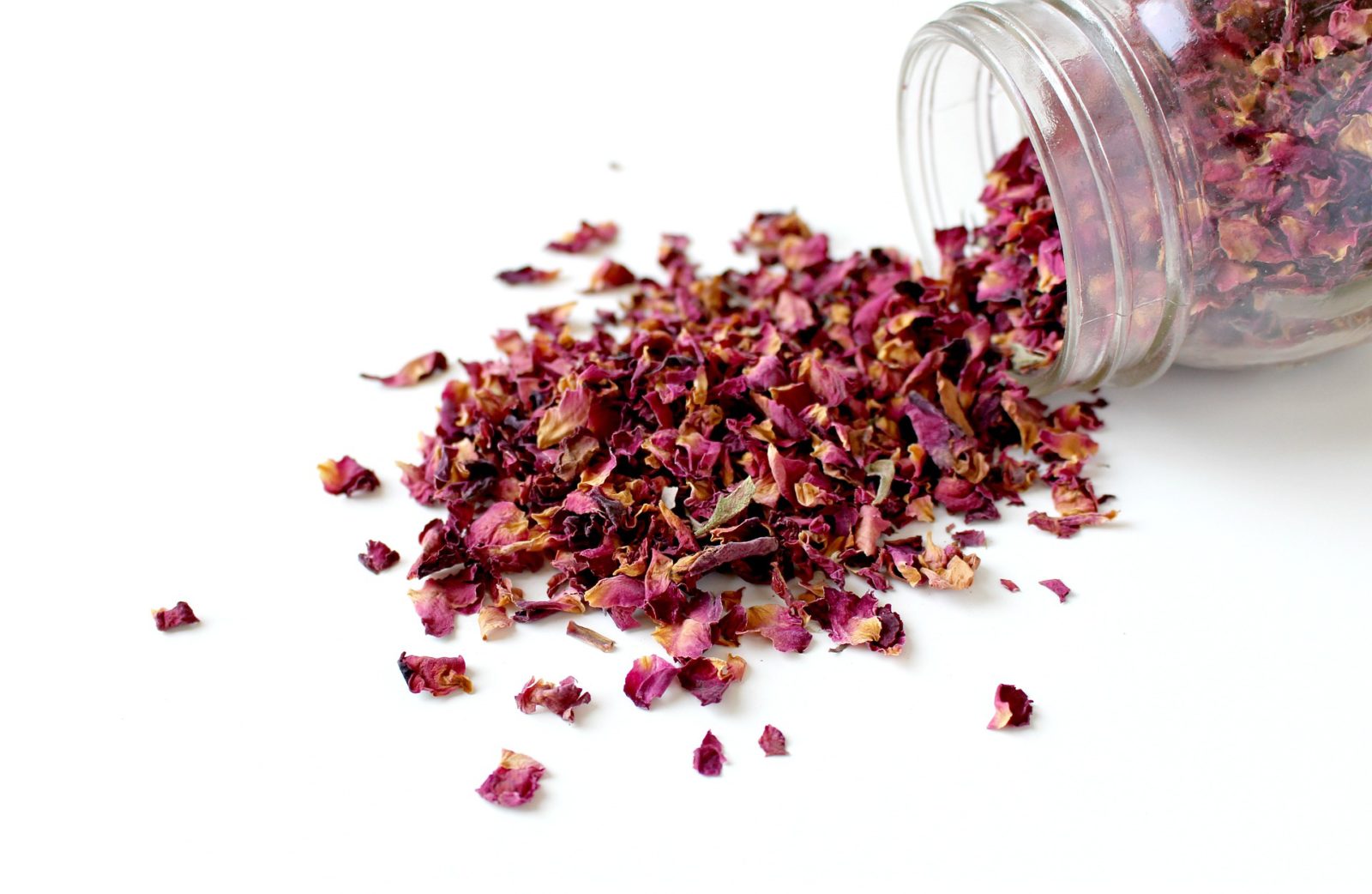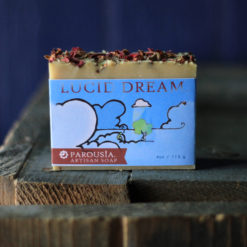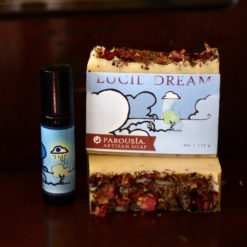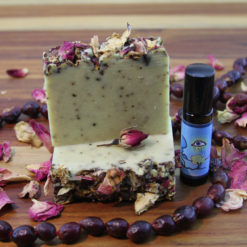Herb Of The Week
Energy of A Rose – Heart Medicine
Roses are a symbol of love
Roses are a symbol of love, used time and again throughout history, in media, movies, historical texts, and beyond. Its something we all know and can relate to. Where did this association come from and why do we use the rose as a symbol of love? Its a beautiful flower, yes, but is there more? We can look at what we know about roses today, and suspect that this symbol of love is not just a coincidence – but an ancient knowledge past on through tradition. Today we know that roses are heart medicine – supportive to both the physical and emotional heart. Roses are used as natural antidepressants, they lift the spirit, bring about the emotion of joy, and reduce stress. They are also a great tool to raise your vibrational frequency, as they are the highest vibrating flower – far exceeding any other flower. Is this why you always see roses held over the heart in religious texts and imagery throughout history? Is this why you bring roses to ask someone for forgiveness, or to the one you love on special occasions? In matters of the heart, roses seem to be the perfect gesture, no matter the occasion. From celebrating love, to supporting heartbreak – roses are there for you.
“I’d rather have roses on my table than
diamonds ’round my neck.” – Emma Goldman
Roses are linked with beauty throughout history, a highly sought after ingredient in beauty preparations and perfumery. Its essence, so delicate that it takes great care, and time to extract. In the 17th century, roses were so valued that they were considered legal tender. Even today when most ingredients are available quickly and at little cost – roses retain their high value. When used topically, rose acts as an astringent properties, tightening and toning the pores. Using a rose beauty product invokes the vibrational properties as well, opening your heart, making you feel love for yourself and others. We love using roses here at Old Factory – and have a few planted near the workshop. They are a classic ingredient, that we feel embodies the ancient tradition of perfumery. Its a plant that holds a memory, that tells a story.
A few easy ways to incorporate roses into your day to day life:
- **Please make sure you are using good quality roses, organically grown if possible. Try the tea aisle, or mountainroseherbs.com The rose bouquets you find at the grocery store are most likely grown with chemicals, and not edible!
- Add a few rose petals to your tea to add a bit of joy to your day.
- Take a bath with fresh, or dried rose petals, allowing yourself to soak in their energy.
- Shower & bath with our Lucid Dream bars, which include ground rose inside and rose petals on top. These rose petals have a particularly lovely energy, wildcrafted by Phoenix (dreamer, shaman, folk healer) of Elder Mountain Retreats.
- Have roses in the garden? Try making your own rose elixir to capture the essence of your land.
- Try some Rose Petal Elixer from Avena Botanicals. I love this particular Rose Elixer, I take it every morning. Jonathan even calls it “the best thing he has ever tasted.”
- Incorporate an image of a rose into your environment to put more rose energy into your life.
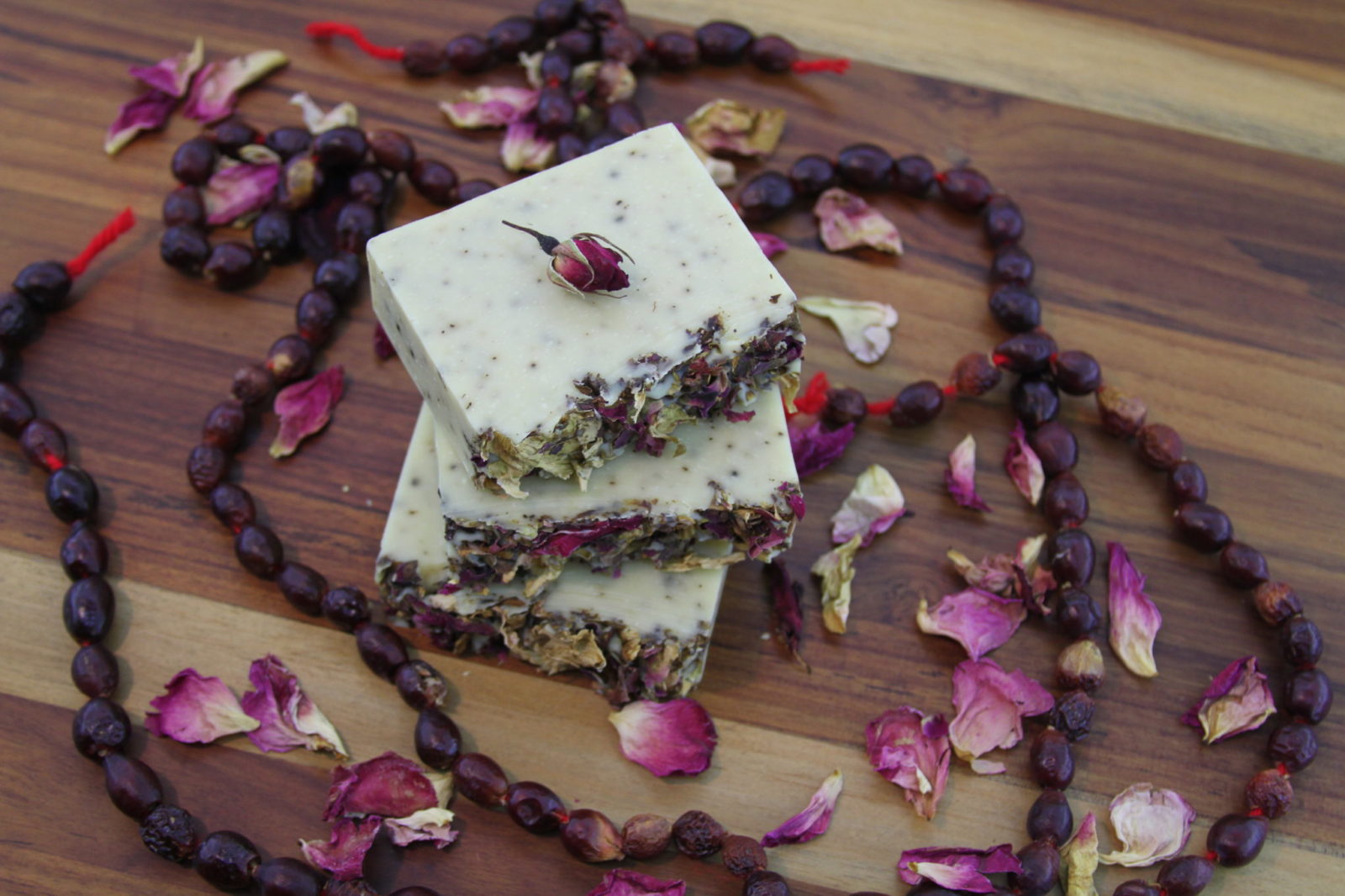


History of A Rose, Illinois.edu
Roses have a long and colorful history. They have been symbols of love, beauty, war, and politics. The rose is, according to fossil evidence, 35 million years old. In nature, the genus Rosa has some 150 species spread throughout the Northern Hemisphere, from Alaska to Mexico and including northern Africa. Garden cultivation of roses began some 5,000 years ago, probably in China. During the Roman period, roses were grown extensively in the Middle East. They were used as confetti at celebrations, for medicinal purposes, and as a source of perfume. Roman nobility established large public rose gardens in the south of Rome. After the fall of the Roman Empire, the popularity of roses seemed to rise and fall depending on gardening trends of the time.
During the fifteenth century, the rose was used as a symbol for the factions fighting to control England. The white rose symbolized York, and the red rose symbolized Lancaster, as a result, the conflict became known as the “War of the Roses.”
Roses were in such high demand during the seventeenth century that royalty considered roses or rose water as legal tender, and they were often used as barter and for payments. Napoleon’s wife Josephine established an extensive collection of roses at Chateau de Malmaison, an estate seven miles west of Paris in the 1800s. This garden became the setting for Pierre Joseph Redoute’s work as a botanical illustrator. In 1824, he completed his watercolor collection “Les Rose,” which is still considered one of the finest records of botanical illustration.
It wasn’t until the late eighteenth century that cultivated roses were introduced into Europe from China. Most modern-day roses can be traced back to this ancestry. These introductions were repeat bloomers, making them unusual and of great interest to hybridizers, setting the stage for breeding work with native roses to select for hardiness and a long bloom season. Many of these early efforts by plant breeders are of great interest to today’s gardeners.
Roses are once again enjoying a resurgence in popularity, specifically, shrub roses and old garden roses. Gardeners realize that these roses fit the lifestyle of today’s gardeners who want roses that are not as demanding with regard to disease control, offer excellent floral quality, have excellent winter hardiness, and fit into shrub borders and perennial gardens without seeming out of place.
To be successful in growing roses in Midwest gardens, one needs to be aware of some basic considerations. Attention to plant selection, a basic knowledge of the wide array of classes available, basic culture information, and information about potential disease and insect problems will go a long way in making roses an enjoyable addition to the garden.
This short guide to rose gardening will hopefully help sort through some of the confusion about roses and entice you to include one or more of these plants in your garden.
Among the legends of the rose, from Ludwigs Roses:
Asia
Asia In the oldest religious and spiritual works in Zend (Avestan), in the teachings of ancient Persia and in Sanskrit, the superb literature of ancient India, the rose always plays a symbolic role in the creation of the world and of mankind. Vishnu, the supreme God of India, formed his bride, Lakshmi, from 108 large and 1,008 small rose petals. Thus, the rose early became a symbol of beauty.
Greeks & Romans
While the Greeks and Romans dedicated the rose to the Gods, the Persians, in their poems and paintings, associated it with the nightingale. Once the flowers complained in Heaven that their Queen, the Lotus blossom, slept by night. In order to bring about a reconciliation, Allah named the white rose Queen of Flowers. The nightingale was so enamored of the beauty of the rose that she flew down to embrace it, and thereby pierced her breast with its sharp thorns. From the drops of her blood falling upon the earth grew new roses and from that day there were red roses in Persia.
Moslem Legend
According to one Moslem legend, the rose sprang from the beads of sweat of the Prophet Mohammed. In another they came not from the Prophet, but from the perspiration of a lady named Joun whose appearance was white at dawn but rosy at midday.
Religion
It has often been said that, in the beginning, roses were without thorns and that these only appeared through the wickedness of mankind, after the Fall and the expulsion of Adam and Eve from the Garden of Eden.
A young maiden was to be burned at the stake in Bethlehem. As the flames reached up around her, she prayed for God’s help and at once the flames were extinguished. From the embers sprang red roses and from the unfired sticks, white roses.
Moss Rose
While no myth or legend mentions any specific variety of rose, the moss rose has been connected with the Blood of Christ, in the belief that His wounds dripped onto moss while He hung upon the cross.
Greece
The oldest evidence of the rose comes from legends and poetry which give us proof of the existence of the rose and its cultivation in Ancient Greece.
Here Aphrodite, the Goddess of Love, was seen as the creator of the rose. In one tale Adonis, her lover, was mortally wounded, when hunting, by a wild boar. She hastened to his side and from the mixture of his blood and her tears grew a superb, fragrant, blood-red rose. In another version, Adonis was more superficially wounded and Aphrodite, while running to him, scratched herself on the thorns of a rose bush. Her blood started to flow at once and the white flowers on the bush turned to red. Finally, there is a story which tells us of the origin of the white rose: Aphrodite was born of sea-foam and from this foam, wherever it fell to the ground, grew white rose bushes.
Rome
The pattern of the Greek legends is closely followed by those which developed in Rome. In one Venus was loved by Adonis, but also desired by Mars, the God of War. Mars decided to have Adonis killed, but, at the last moment, he was hurriedly warned by Venus. In her haste, she let her foot slip in a rose bed, from the blood which flowed from the scratches onto the ground sprang up red roses.
Flora, the Goddess of Spring and of Flowers, one day found the dead body of her dearest and most beautiful nymph; inconsolable, she begged all the Gods to come to her aid to change the dead body of her loved one into the most beautiful flower which would be recognized as Queen of all Flowers. Apollo, God of the Arts, gave her the breath of life, Bacchus bathed her in nectar, Vertumnus gave her fragrance, Pomona fruit, and Flora herself finally gave a diadem of petals, and thus the rose was born.
Cupid, one of the Gods of Love, knocked over, with his wing, a bowl of wine standing on a table beside Bacchus; from this pool of wine on the ground came a rose bush. The rose was also consecrated to Venus as the symbol of beauty.
There is one particularly delightful story which is as follows: The God Zephyrus loved Flora so much that he changed himself into a rose because the Goddess had no interest other than flowers. When Flora saw the rose, she kissed it and thus fulfilled Zephyrus’ wish.
And it is said that the very word “rose” originated when Flora, the Goddess of Flowers, in pain upon being struck by Cupid’s arrow, was unable to properly pronounce the word Eros but made it sound like “ros”. From this the word “rose” becomes a synonym for Eros; both in Rome and in Greece it is the symbol of youth, of vitality, love, beauty and the fruitfulness of nature.


